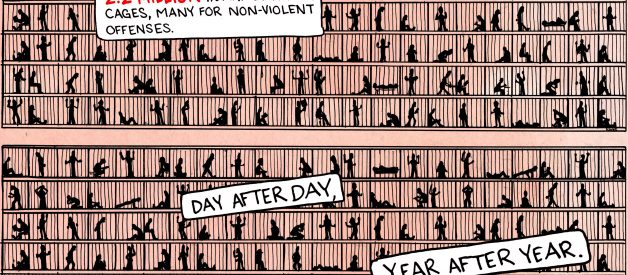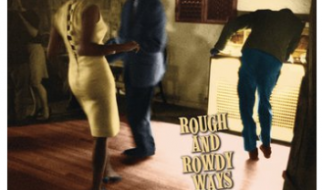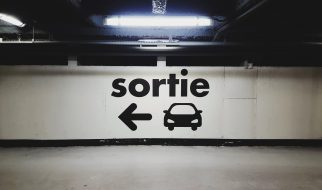An overview of how the U.S. government locked millions of people in cages to be forgotten.
Over the past 30 years, the U.S. has put in place radical, unprecedented policies and practices that attempted to address crime through prioritizing harsh and disproportionate punishment, rather than prevention or rehabilitation. By 2010, 7.25 million Americans were under some form of correctional control ? either in prison or jail, or on probation or parole ? up from 1.84 million in 1980.
The term ?mass incarceration? refers to the unique way the U.S. has locked up a vast population in federal and state prisons, as well as local jails.
But this academic sounding term doesn?t capture the insanity of the situation.
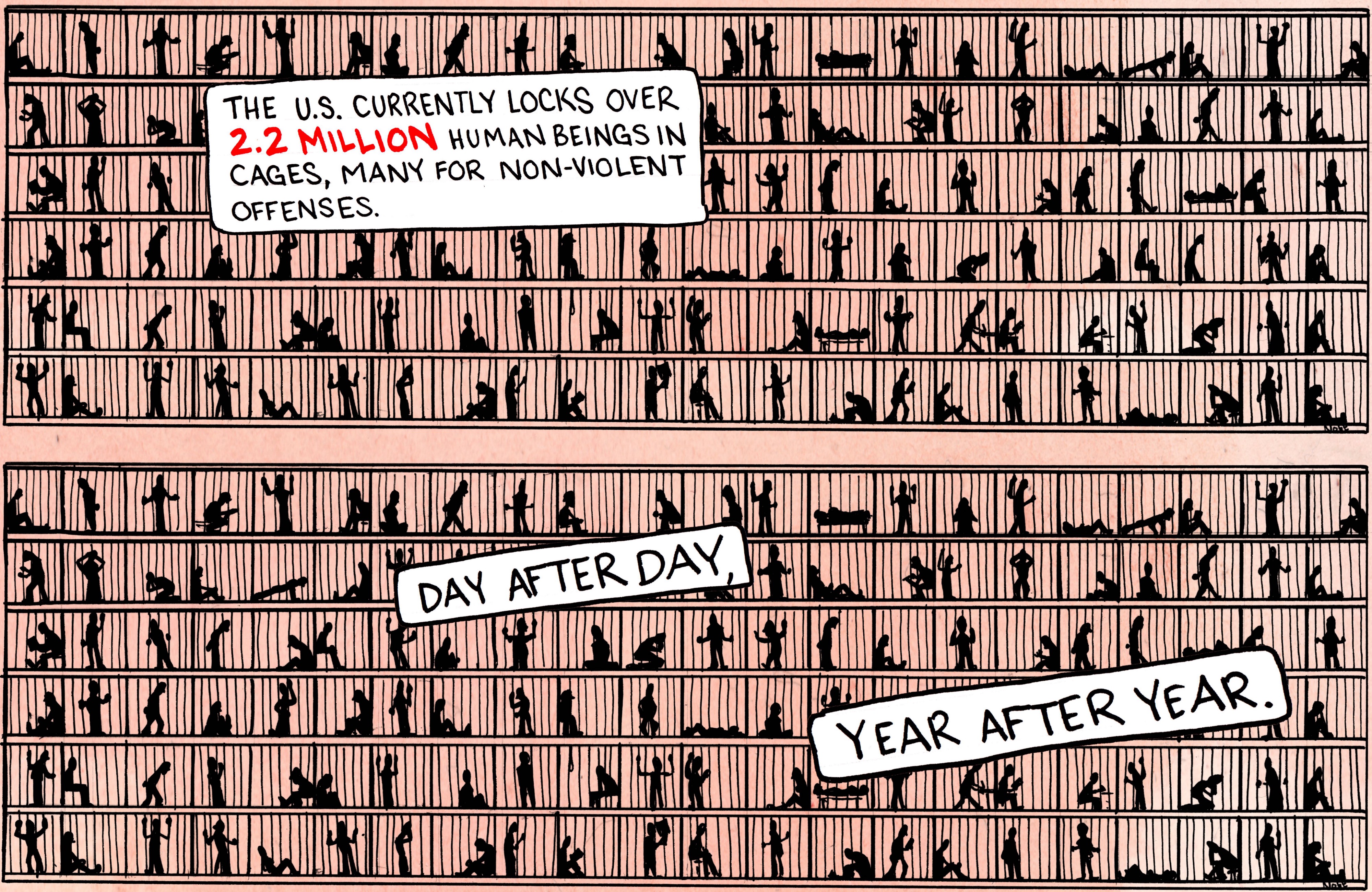
These prisoners are disproportionately black and Latino ? against whom the system is biased at every level. Despite similar rates of drug use, black people are nearly four times as likely to be arrested for marijuana use,? and black males are often given longer sentences for crimes than their white peers.?
Many of the people locked up should be receiving treatment in the community. A 2006 Bureau of Justice Statistics Study found that more than half of all inmates have mental health problems.?
How did this happen?
The ?tough on crime? punishment philosophy of the 1980’s and 90’s, combined with a heinous ?War on Drugs,? led to legislation under Republican and Democratic administrations that used a jail cell as a first, rather than last, resort for people who broke the law.
This uncompromising posture, which often exploited racial fear, became an essential part of running a political campaign. For years, elected officials competed with one another on how brutally they would be willing to punish people who broke the law, especially regarding drug-code violations. Legislators enacted policies that led to more people being locked away for increasingly smaller offenses, and combined them with further policies that kept people locked up longer.
The prison population skyrocketed.
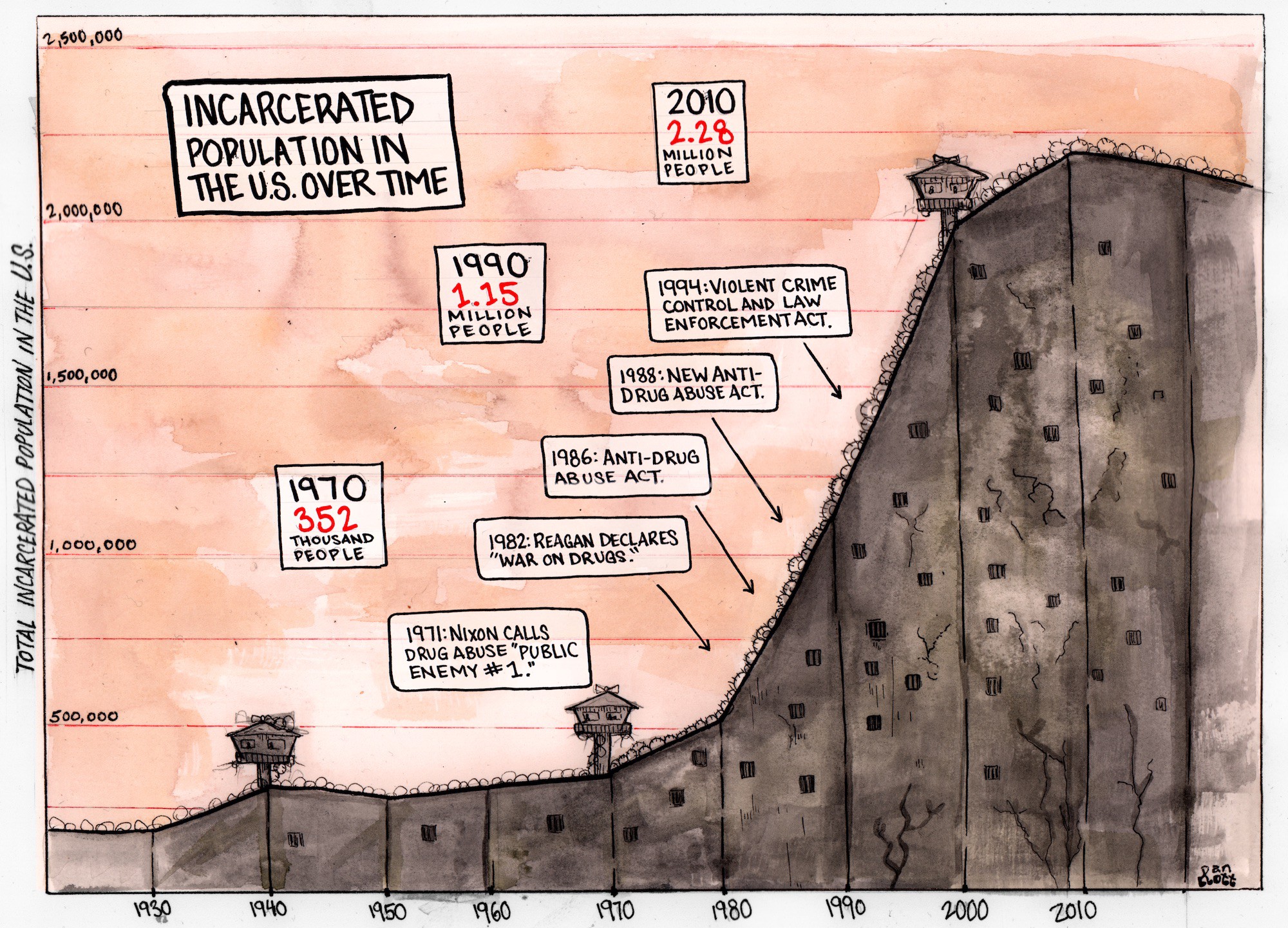 88
88
It somehow became understood as acceptable to put people in prison for non-violent crimes. But there is nothing normal about the way the U.S. locks away its citizens.
In fact, it?s unparalleled anywhere else in the world, even compared to the most repressive regimes.

Over the course of three decades, the U.S. built a gargantuan system of state punishment that destroys lives and communities, in a racially discriminatory way, at great financial cost.? More ridiculous still, there is no solid evidence that tougher punishment even deters crime initially,? and inmates in state prisons are likely to be arrested and locked up again after their release.?
What is being done?
Within the last few years, both Democrats and Republicans seem to be acknowledging the need for reform. It?s as if they?ve woken up from a decades-long stupor.
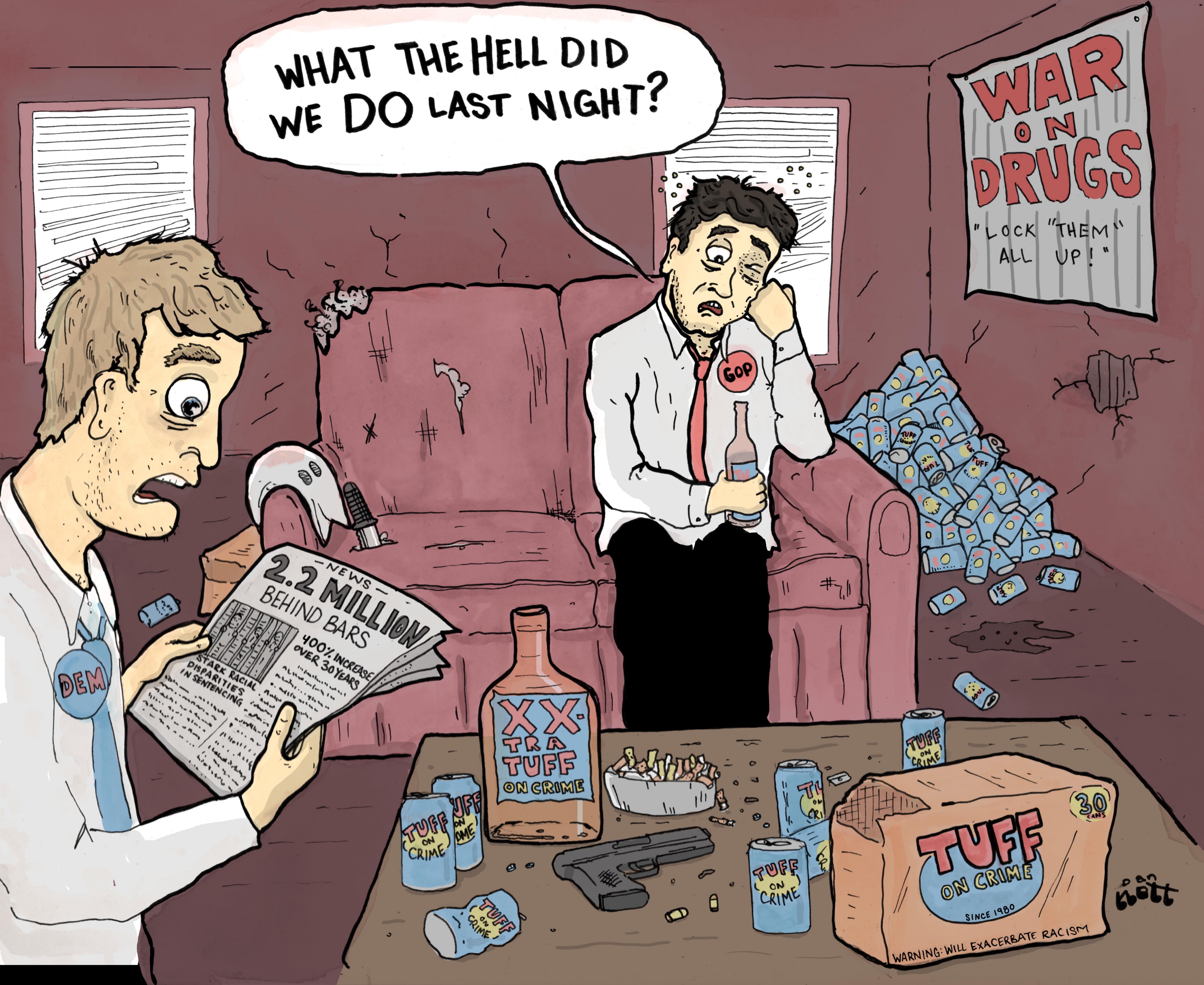
There are so many associated issues that need attention as well ? the racial bias at every level of the criminal justice system, the use of solitary confinement, unemployment and recidivism, the way we deprive felons of their rights as citizens ? the list goes on and on.
The good news is that for the first time in 33 years, the federal and state prison population declined in tandem in 2014.? But 1 or 2 percent annual reductions will not solve this problem. We need radical reform to confront the massive damage that?s been done.
The first step is acknowledging the senselessness and inhumanity of mass incarceration, and understanding that millions of people are waiting every day for reform to come.
You can find more of my work at my website, on twitter and Instagram.
Citations
(1) ?Correctional Population in the United States, 2010.? Retrieved from The Punishment Imperative, by Todd Clear and Natasha Frost, 2014.
(2) ?Probation and Parole in the United States: 2007 Statistical Tables? 2009. (Washington, DC: Bureau of Justice Statistics. Retrieved from The Punishment Imperative, by Todd Clear and Natasha Frost, 2014.
(3) Correctional Population in the United States, 2014. Bureau of Justice Statistics. Danielle Kaeble, Lauren Glaze, Anastasios Tsoutis, and Todd Minton
(4) The War on Marijuana in Black and White. 2013.American Civil Liberties Union.
(5) Report on the Continuing Impact of United States v. Booker on Federal Sentencing. 2012. United States Sentencing Commission.
Incarceration over time [image]: Based on an analysis of Bureau of Justice Statistics data: 2000?2015 , 1990?97 1850?1984:
Incarceration rate by country[image]: World Prison Population List (11th Edition) 2015. Institute for Criminal Policy Research.
(6) Mental Health Problems of Prison and Jail Inmates. 2006. Bureau of Justice Statistics Special Report.
(7)SMART on CRIME: Reforming The Criminal Justice System for the 21st Century. 2013. U.S. Department of Justice.
(8) The Punishment Imperative, by Todd Clear and Natasha Frost, 2014. pages 120?121.
(9) The Misleading Math of ?Recidivism? 2014. Dana Goldstein.
(10) State, Federal Prison Populations Decline Simultaneously for First Time in 36 Years. 2015. The Pew Charitable Trusts.
